Usually when someone mentions El Niño, people probably immediately think about weather-related disasters. Yet what if I tell you that this incredibly strong ocean-atmosphere phenomenon can do something globally magnificent?
More info:surfline
El Niño-driven storms sent a huge ocean swell, bringing joy to all the surfers around the globe
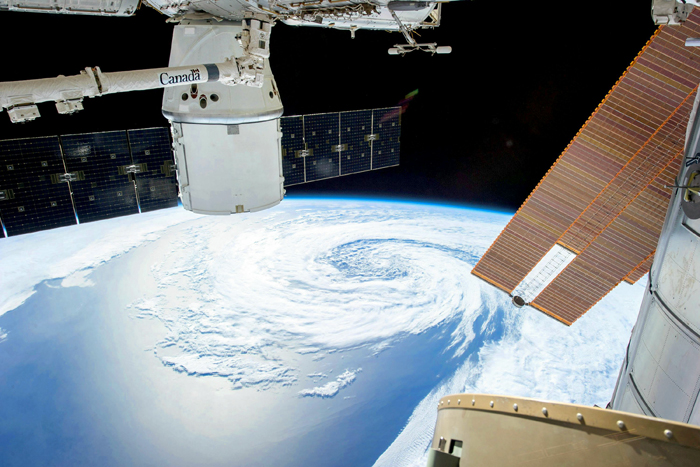
Image credits:SpaceX
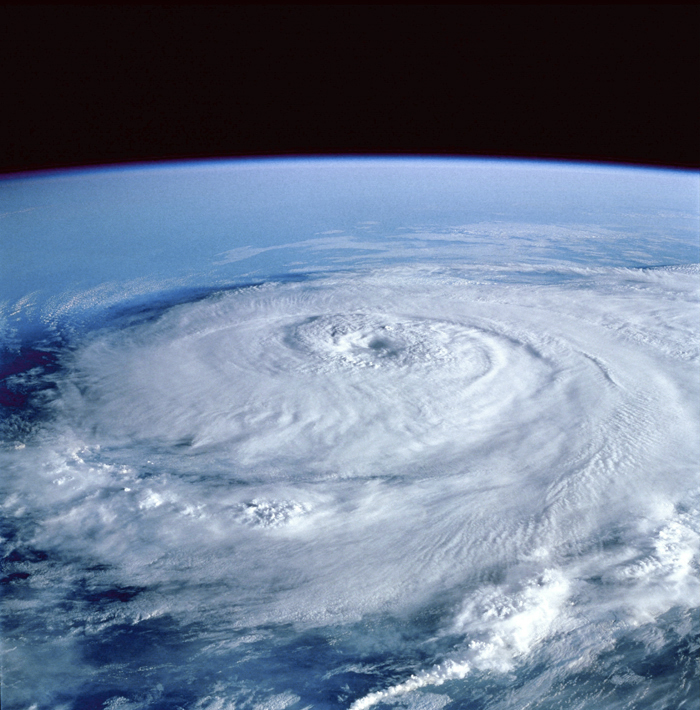
Image credits:Pixabay
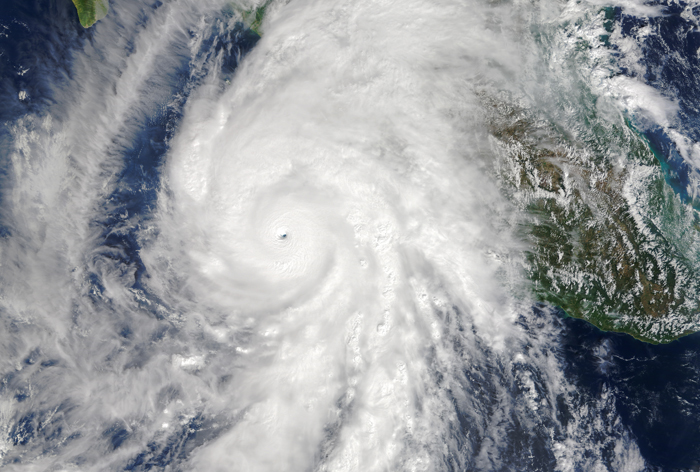
Image credits:NASA

Image credits:Met Office
Each El Niño event is different, so the global impacts can change. Usually it peaks around Christmas time and lasts for several months.
El Niño events of 1982-83 and 1997-98 were the most intense of the 20th century. During the 1982-83 event, sea-surface temperatures in the eastern tropical Pacific were 7.8-12.8° C (9-18° F) above normal.
Scientists collect data about El Niño using many different technologies. The National Oceanic and Atmospheric Administration (NOAA), for example, operates a network of scientific buoys. These buoys can measure ocean and air temperatures, currents, winds, and humidity. The buoys are located at about 70 locations in the southern Pacific Ocean, from the Galapagos Islands to Australia.
These buoys transmit data daily to researchers and forecasters around the world. Using data from the buoys, along with visual imagery they receive from satellite imagery, scientists are able to more accurately predict El Niño and visualize its development and impact around the globe.
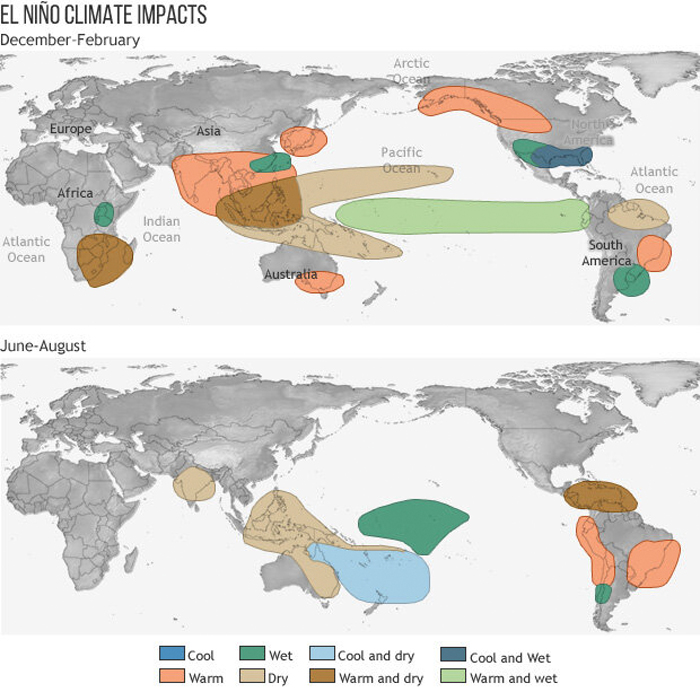
Image credits:NOAA
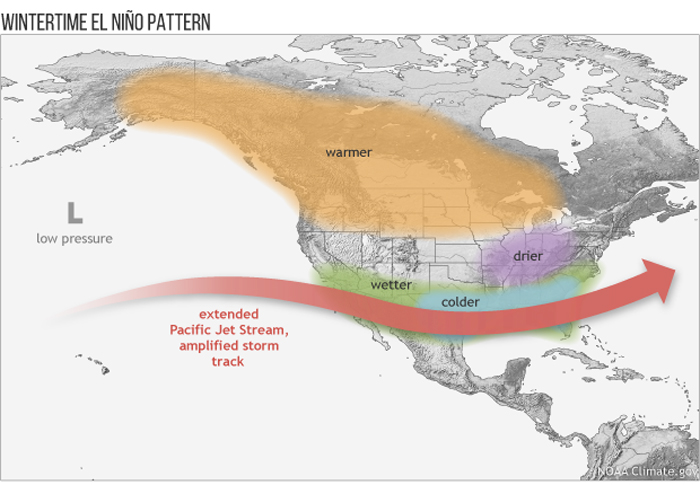
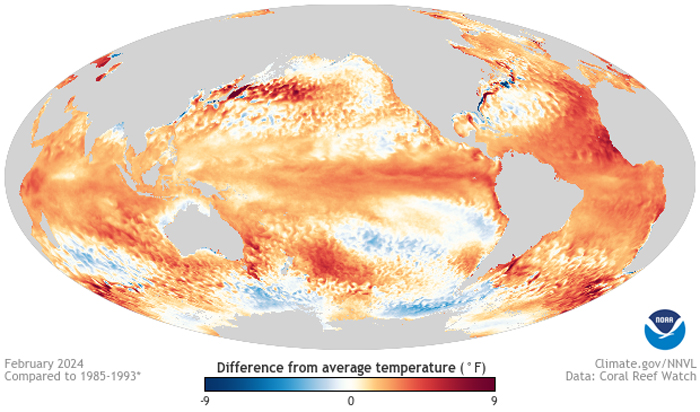
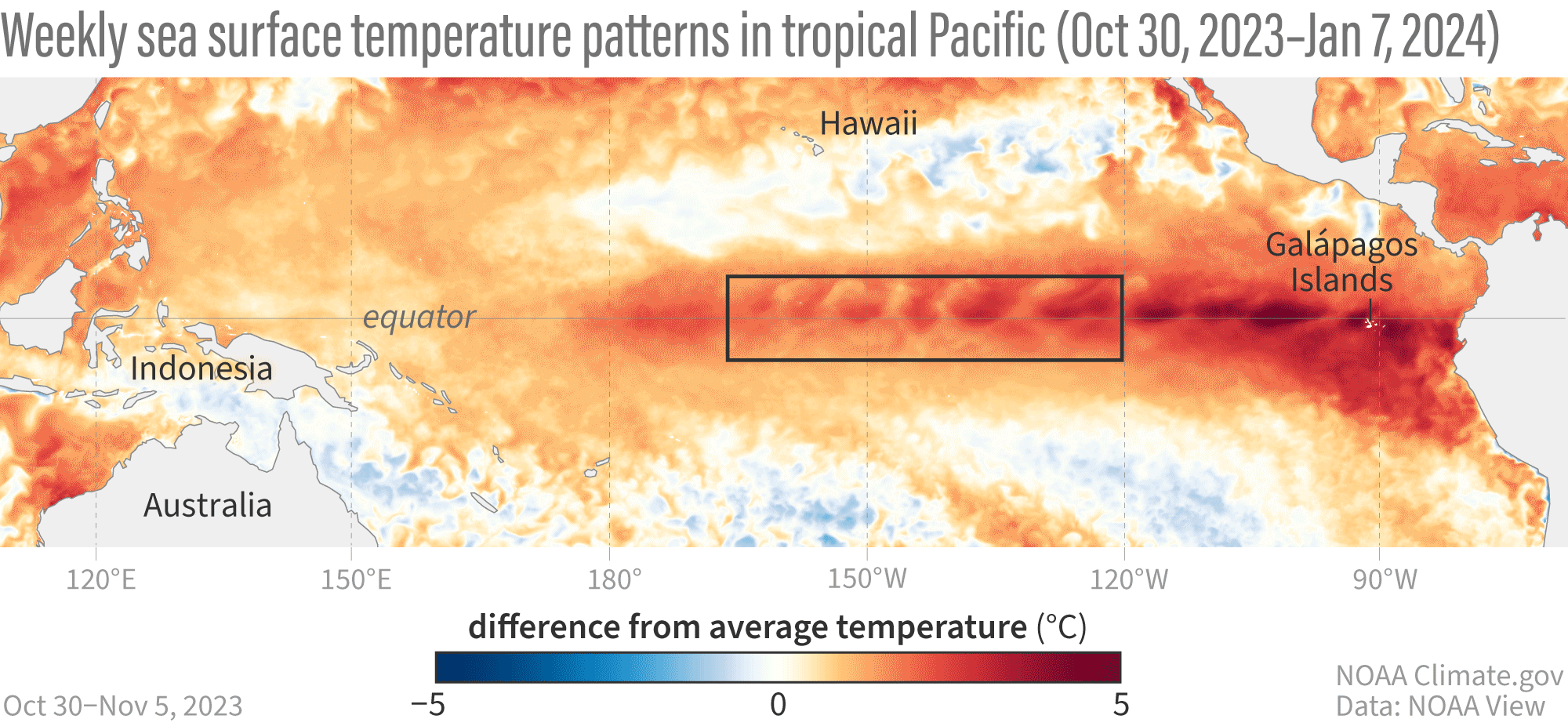
The Southern Oscillation is a change in air pressure over the tropical Pacific Ocean. When coastal waters become warmer in the eastern tropical Pacific (El Niño), the atmospheric pressure above the ocean decreases. Climatologists define these linked phenomena as El Niño-Southern Oscillation (ENSO). Today, most scientists use the terms El Niño andENSOinterchangeably.
ENSO includes warm (El Niño), cold (La Niña), and neutral phases:
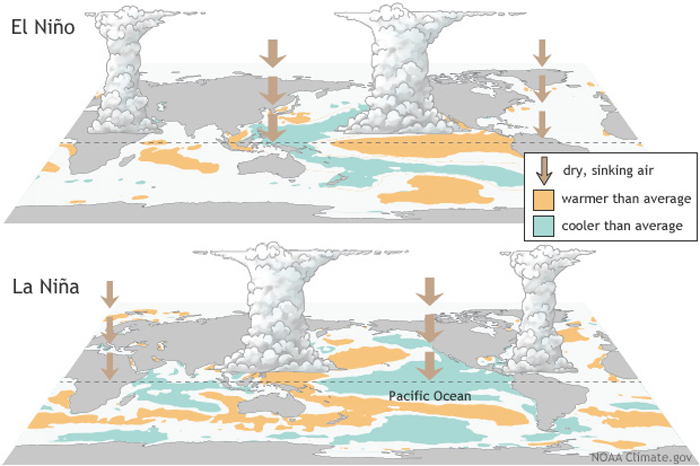
Also importantly, 2023-24 El Niño has peaked as one of the five strongest on record, bringing not only a huge ocean swell around the globe but a huge wave of heat as well. According to newresearch, there’s a 90 percent chance that global average surface temperatures will reach a record high, meaning this year could wellsurpass2023 as the hottest ever.
However, from a surfing perspective, El Niño is usually a very good thing because it means more oceanic activity, more storms, and more waves.
Surfline’s forecast team’s recent discovery is exactly about that. They shared a video about how El Niño-driven storms made the entire world one big surfing spot.
Wave traveling 12,000 miles across the globe connected the entire surfer community
Image credits:Surfline
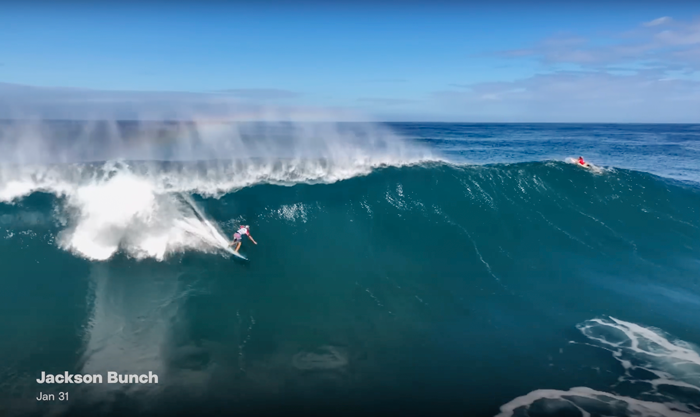
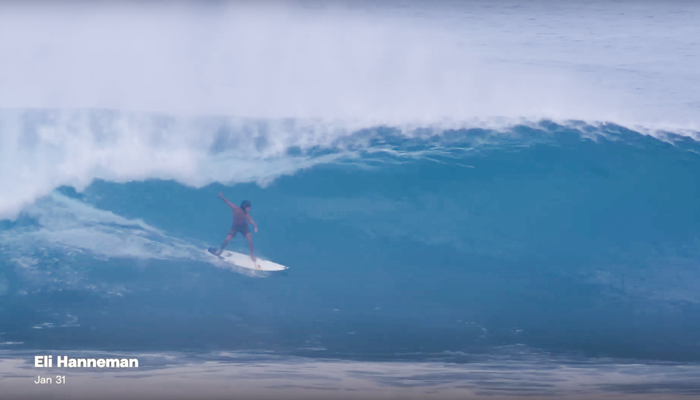
“Pumping Hawaii, fun surf the South Bay, the Gulf. Then you head on over to Europe and there’s just tons of waves there as well. For a storm to stay intact,travelout far and present that surf to all those different areas, it’s really special to watch,” shared the Surfline team.
“This everlasting storm went on to make a roughly two-week journey across the Pacific over North America and through the AtlanticOcean, and it sent swells to nearly every stretch of coast on this side of the equator,” they added.
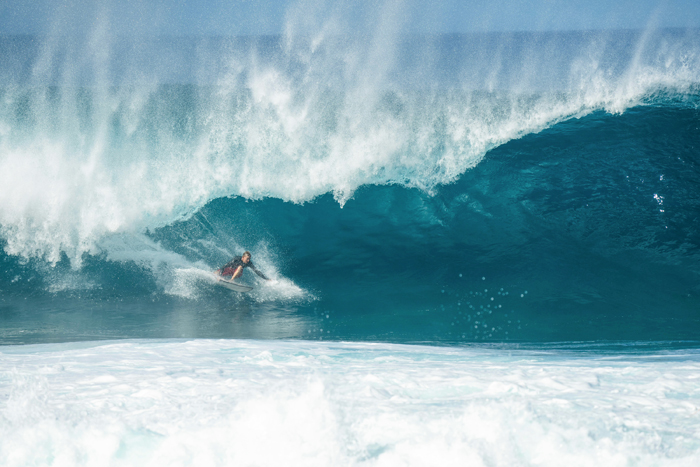
Image credits:Kammeran Gonzalez-Keola(not the actual photo)
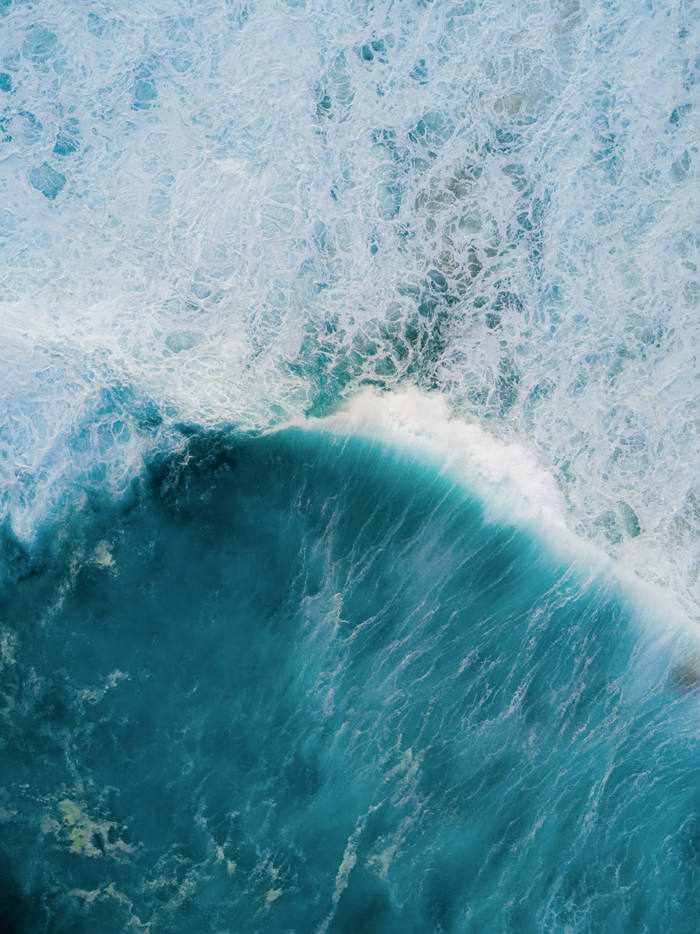
Image credits:Mudassir Ali(not the actual photo)
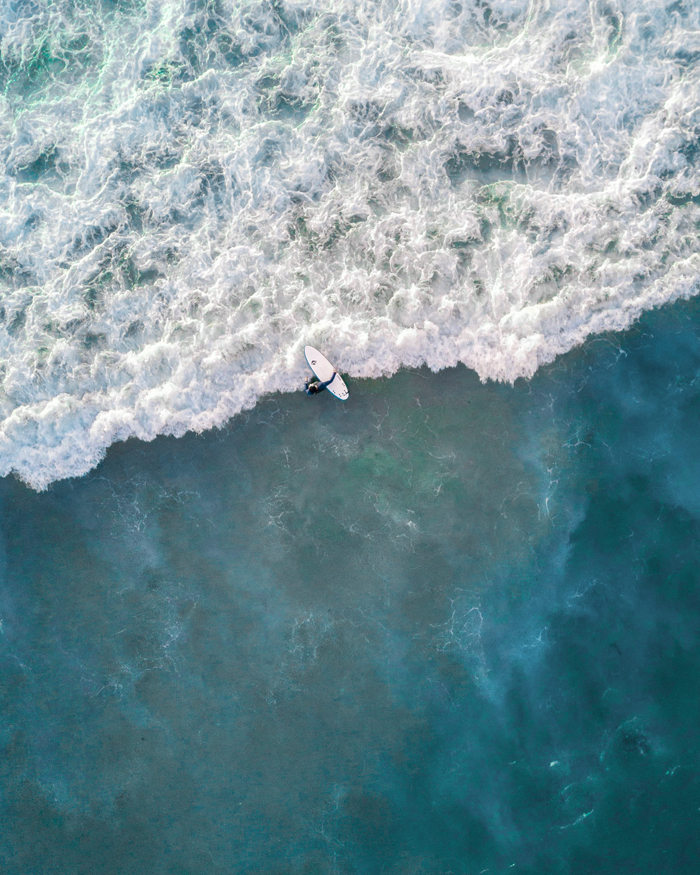
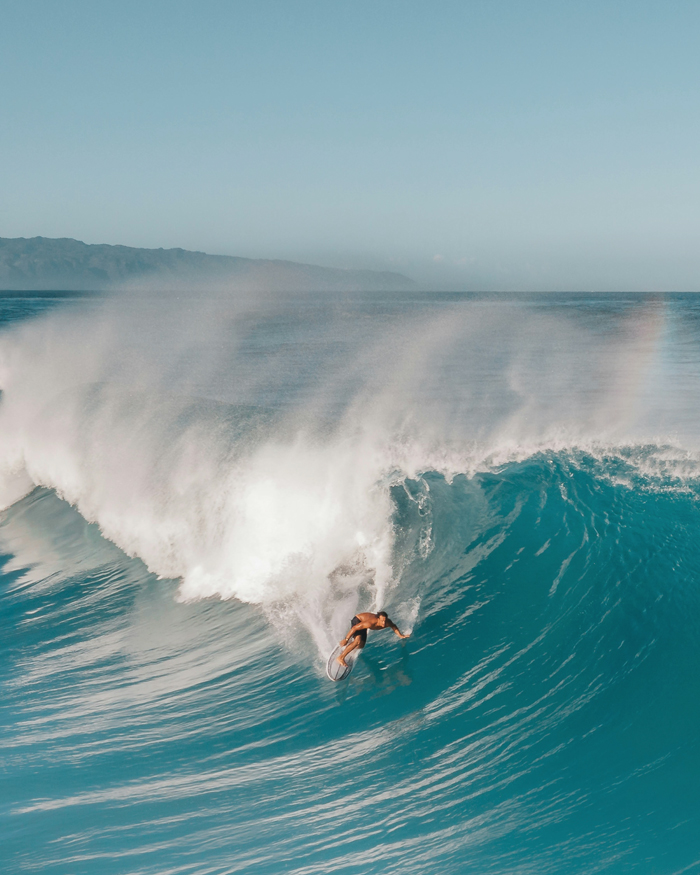
Image credits:Jess Loiterton(not the actual photo)
El Niño brought the storm track further and opened up to the potential to see stronger and more westerly swells for Southern California.
The storm system then continued to tap moisture from the Pacific as it made its way into the Gulf of Mexico. And as it re-emerged, it was still quintessentially the same storm system.
It moved through Texas and into the Northern Gulf, on its way through sending some surf to the region of North Florida. Then the load shifted to the Atlantic.
Also, some swell was sent to the Outer Banks and Northeast US. The storm wasn’t finished and reached hurricane four, strengthened the Caribbean swell window and got deeper into the Caribbean region.
Later on, thestormjust kept tracking across the Atlantic, and the fact that it traveled across two oceans and made it pretty much intact is truly incredible.
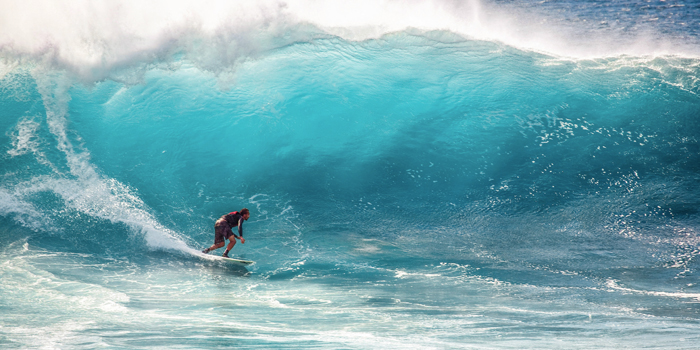
Image credits:Pixabay(not the actual photo)
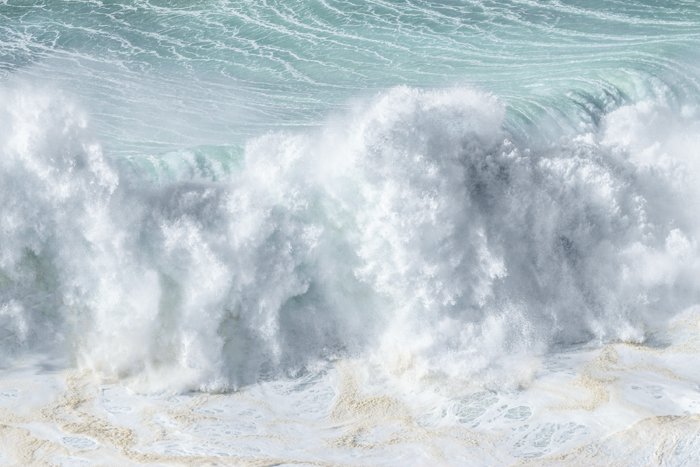
Image credits:drivemetotheocean(not the actual photo)
Yet stormy conditions are definitely more suitable for a skilled surfer. Speaking about waves, what’s no less important is the right selection of them.Caparica Surf Academymentions that it directly influences the quality of each ride, the safety of the surfer and the potential for skill development. Choosing theright wavecan mean the difference between a thrilling ride and a missed opportunity or, worse – an accident. Effective wave selection ensures that surfers maximize their time in the water, catching waves that offer the best potential for practice, improvement, and enjoyment.
For those hunting themost thrillingride, I want to share a few places that have the biggest waves around the globe (based onSurfHub):
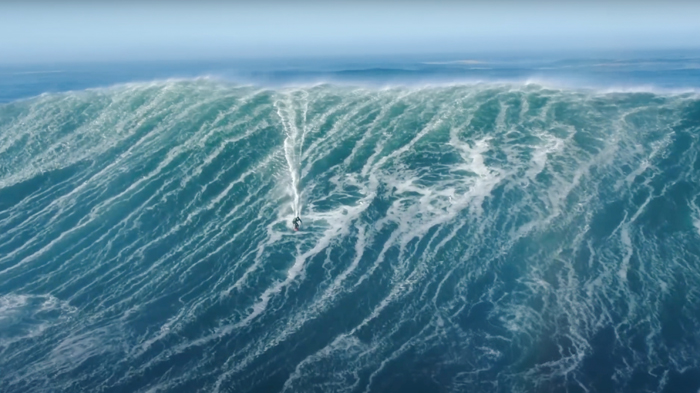
Image credits:Olympics
And here are some of the most beautiful places to catch the waves:

Image credits:tavaruaislandresort
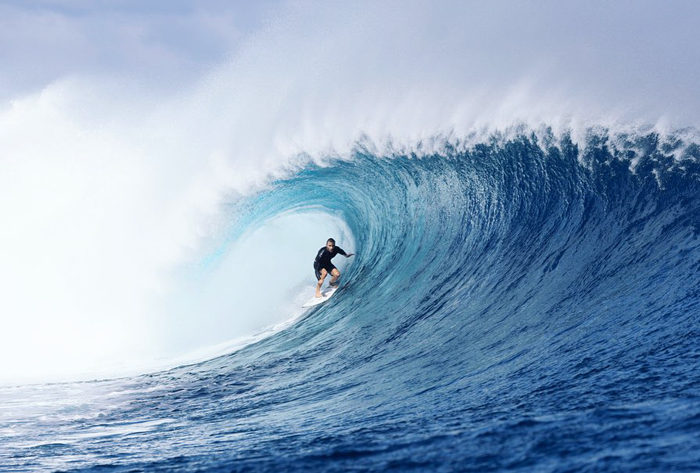
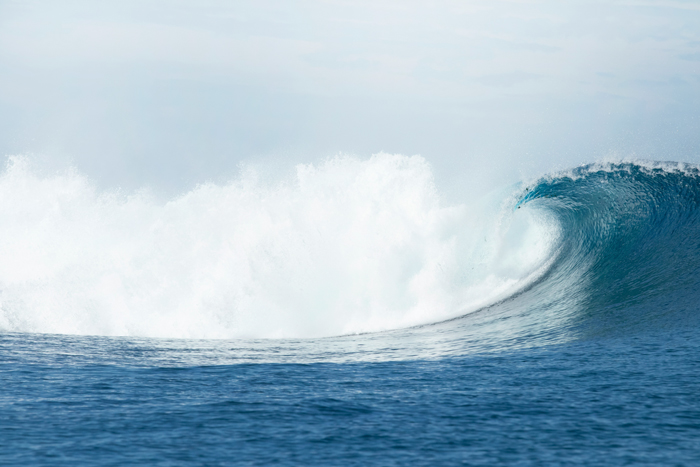
Image credits:Bradley Hook
While scientists are trying to tame El Niño and are worried about serious global warming, when it comes to surfing, it’s slightly a different story: the bigger the wave, the more fun it gets to ride it. And of course, stormy weather is the best fuel for it!
Thanks! Check out the results:
Science & Technology